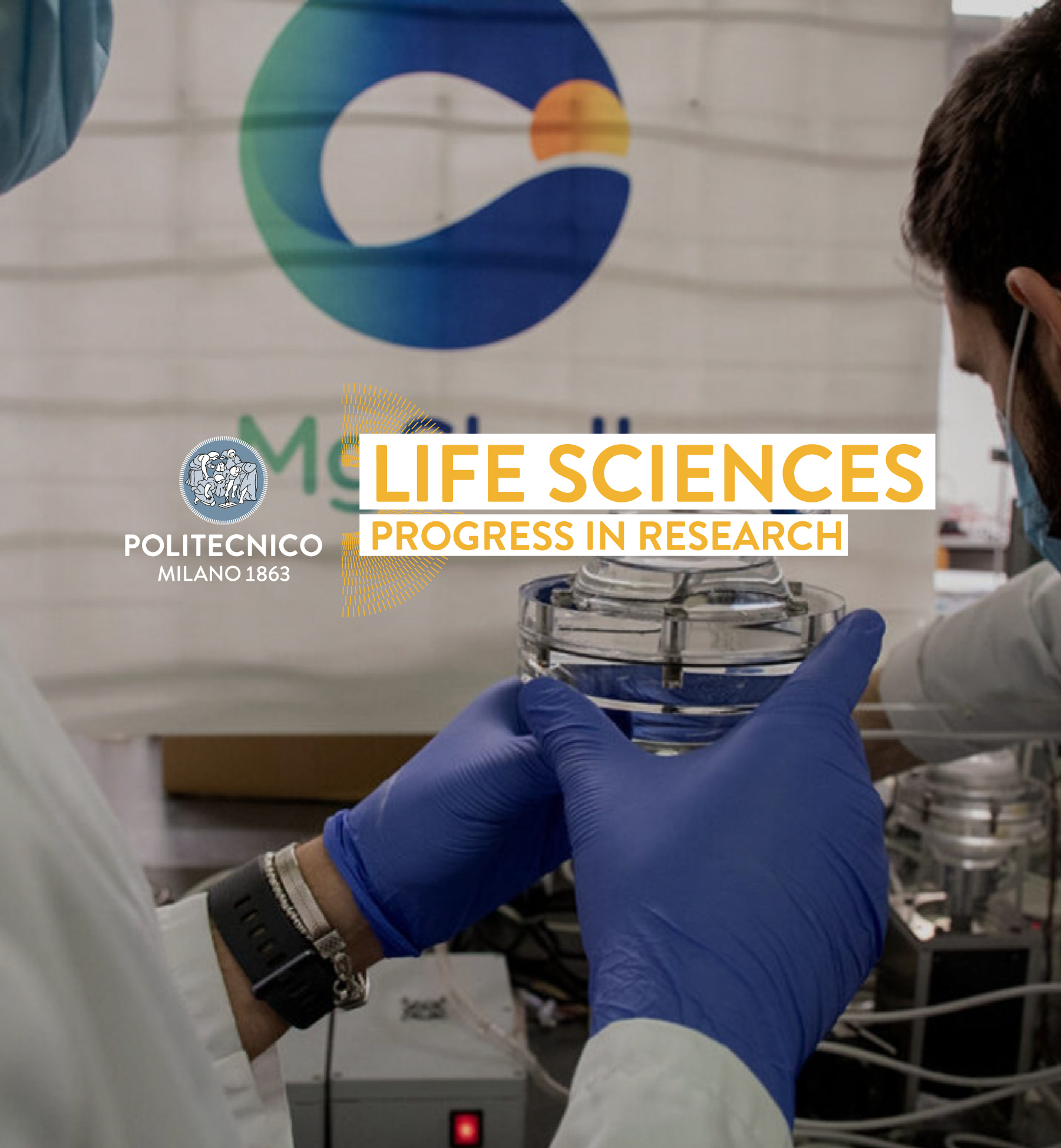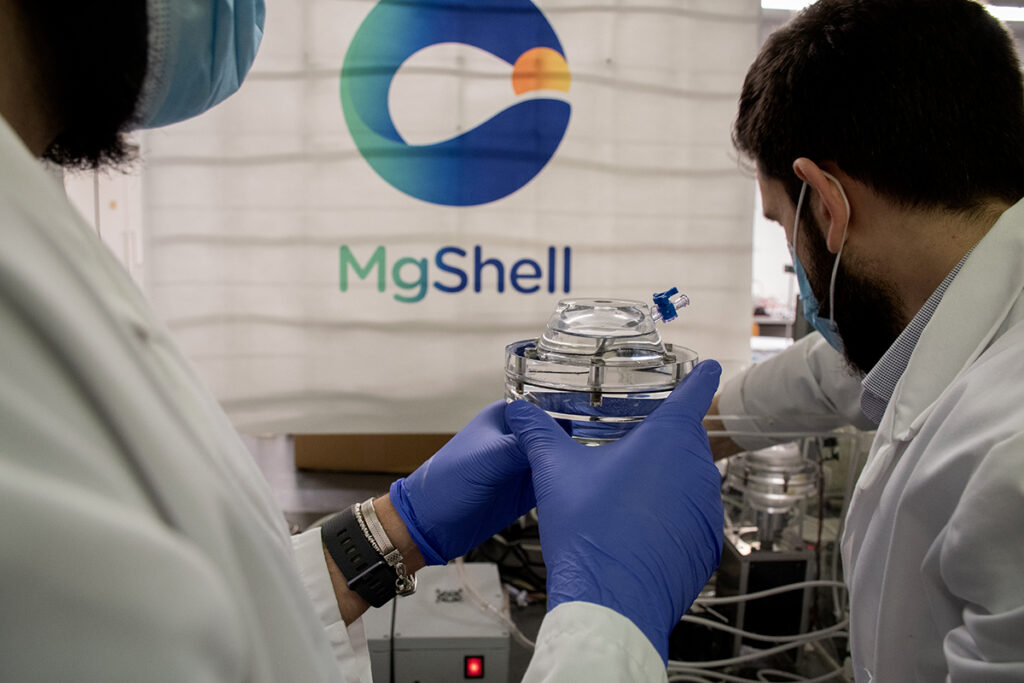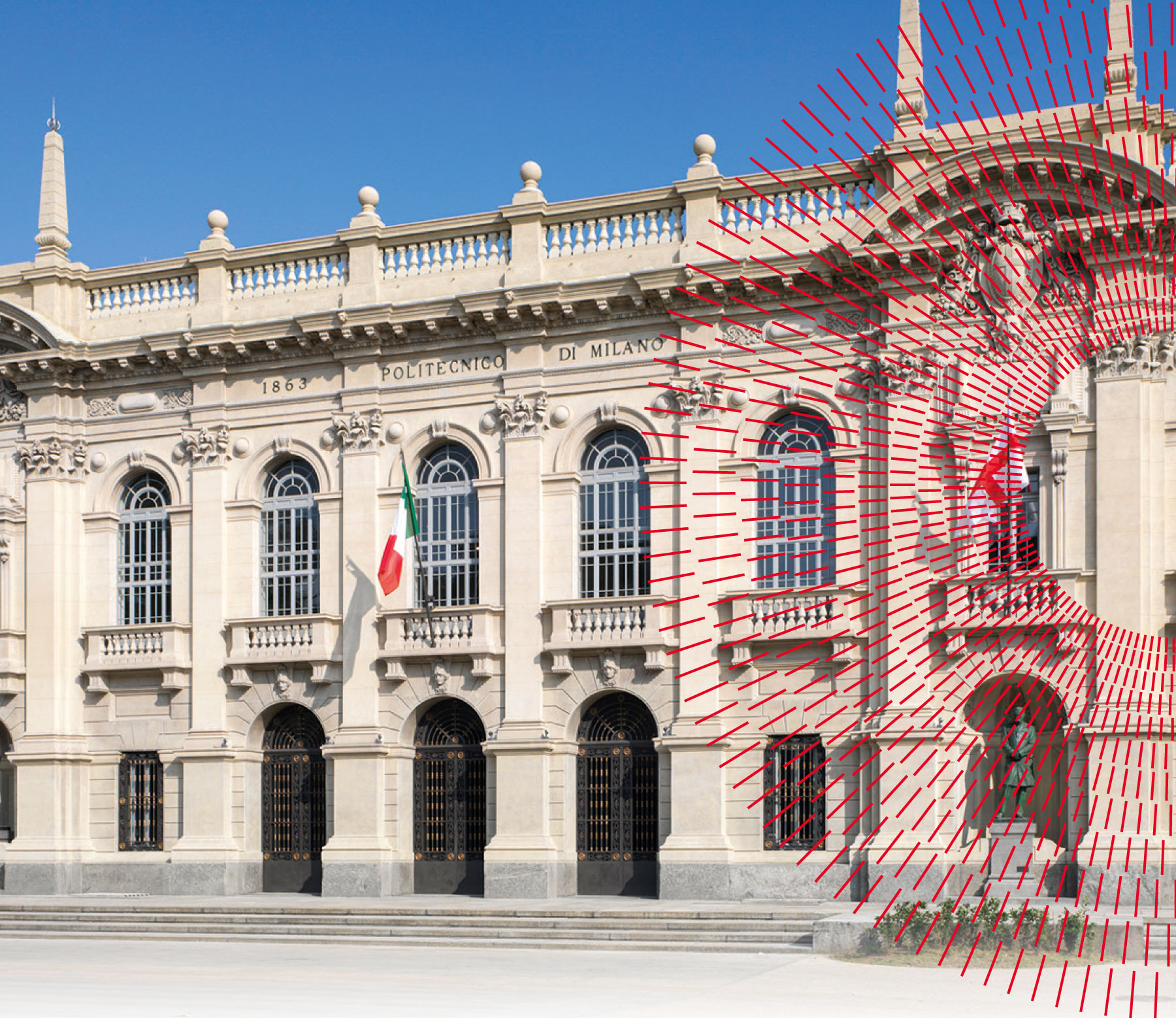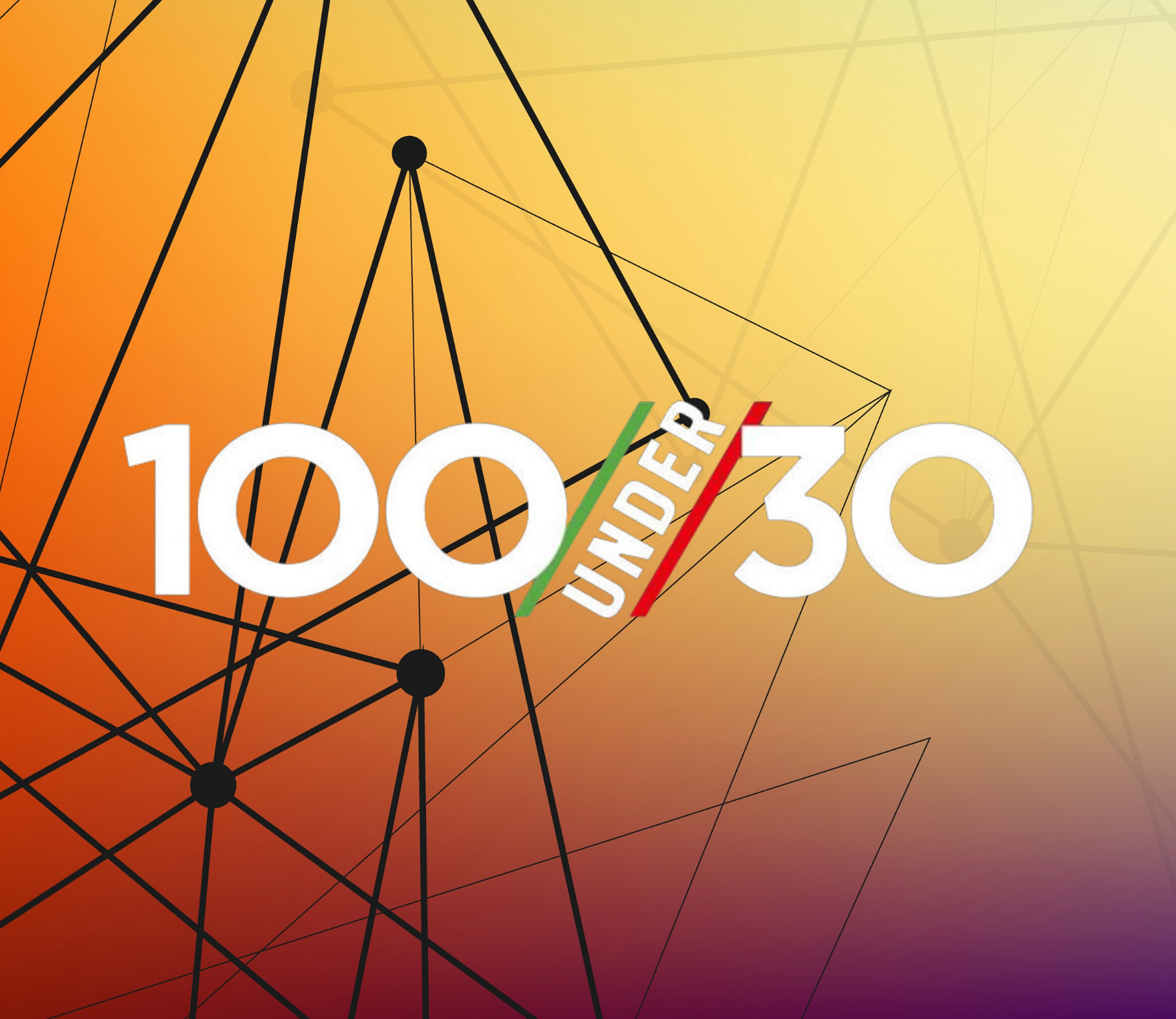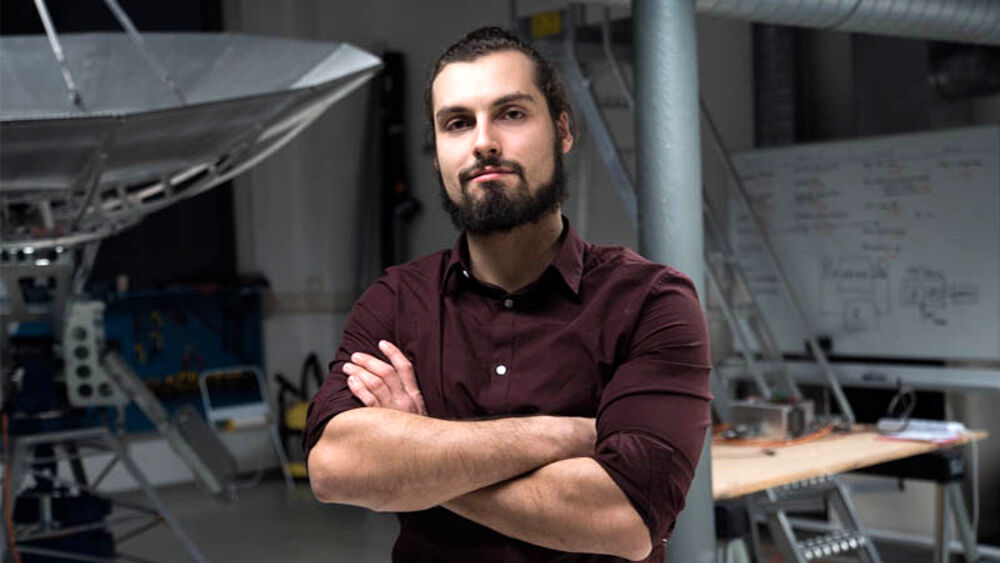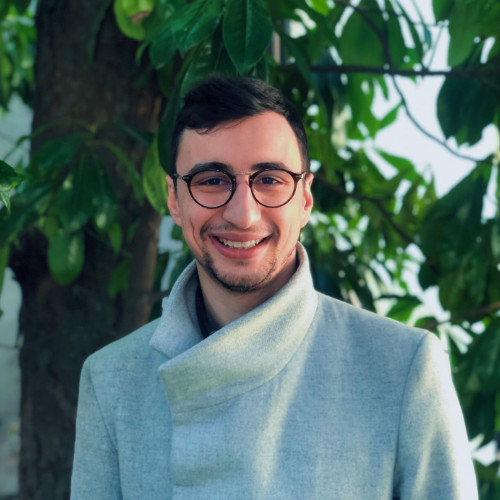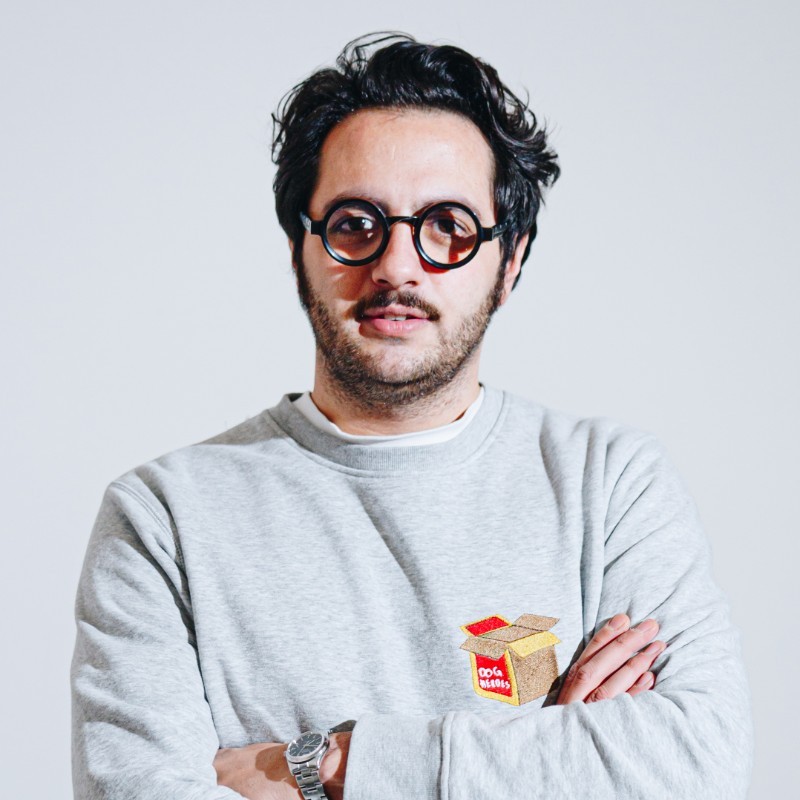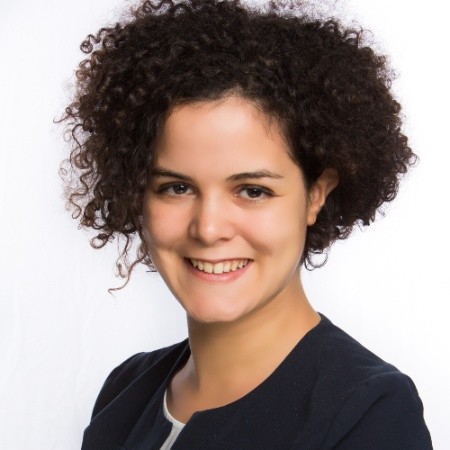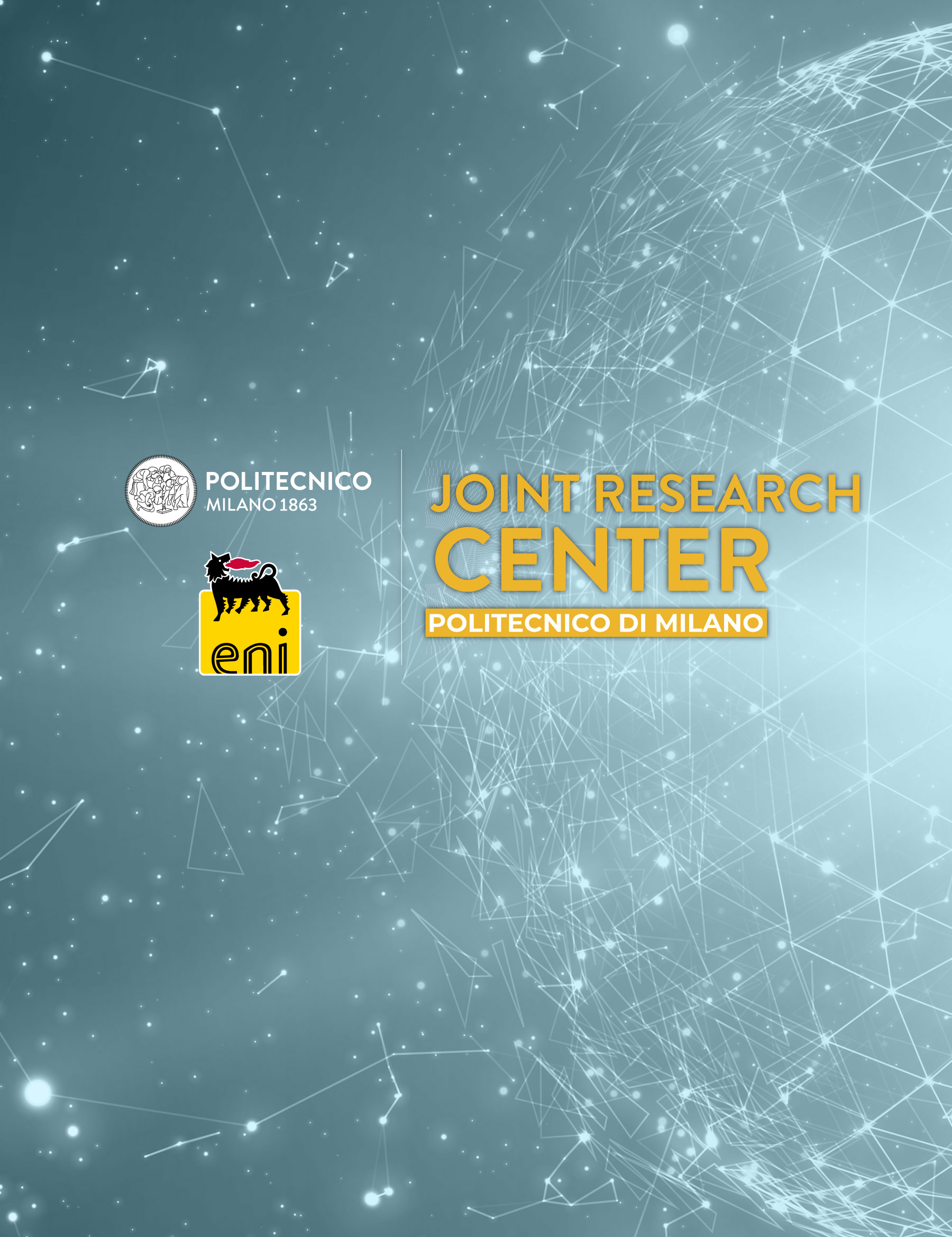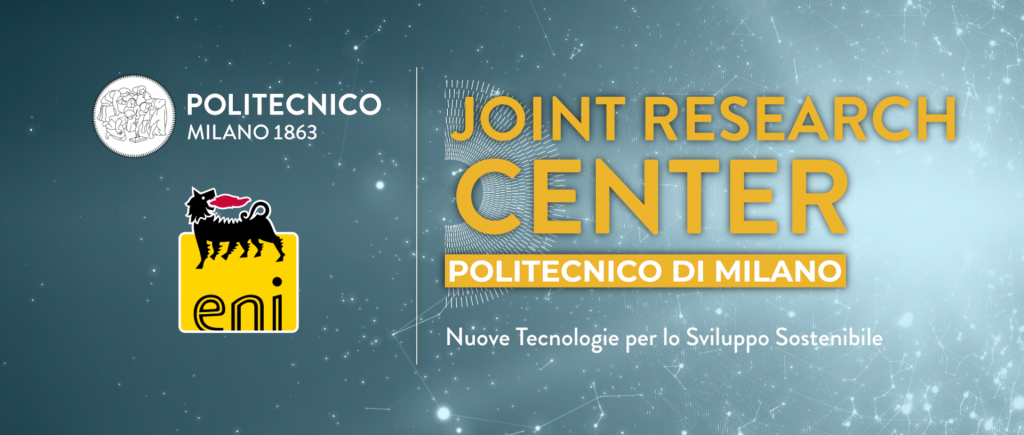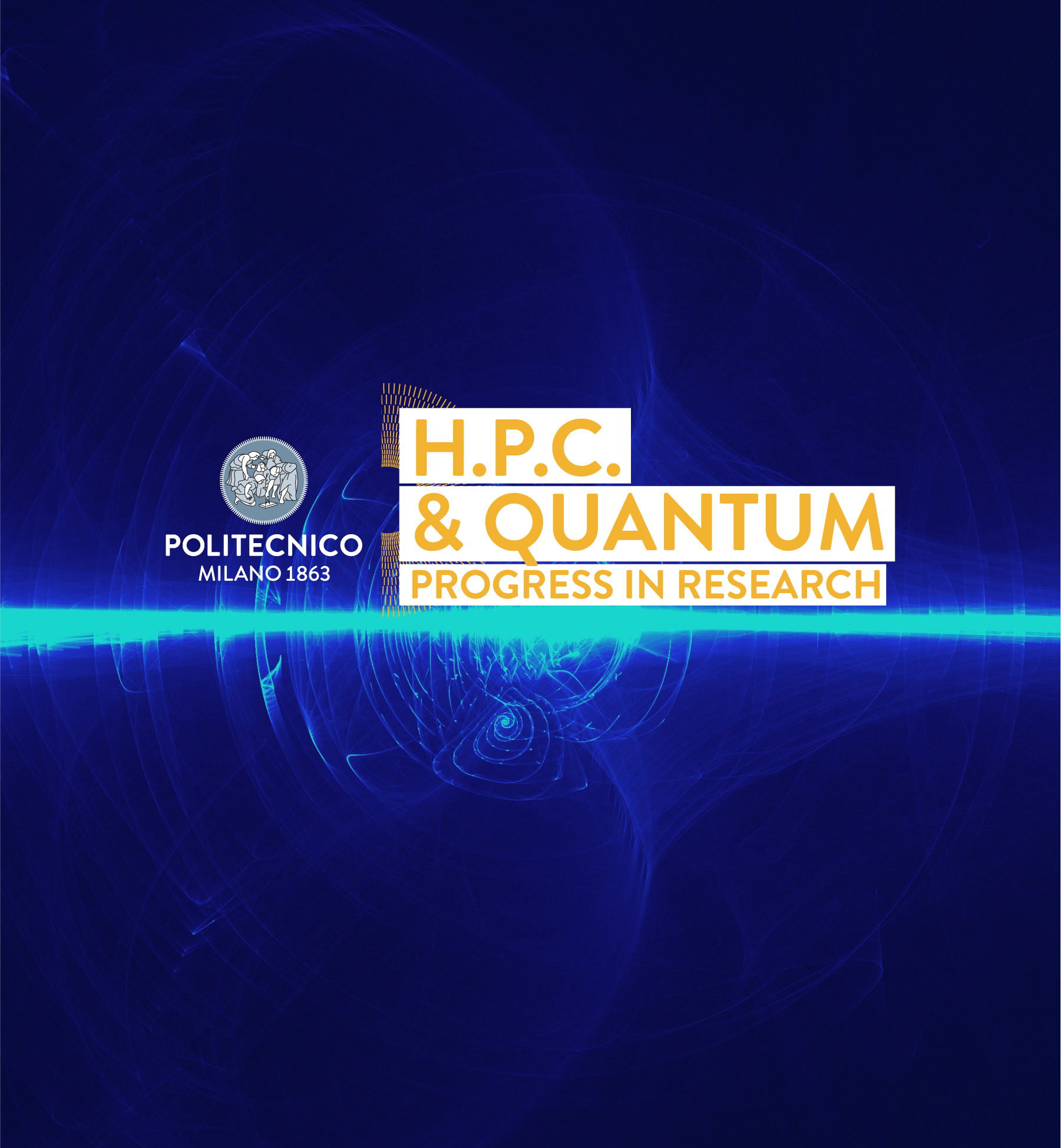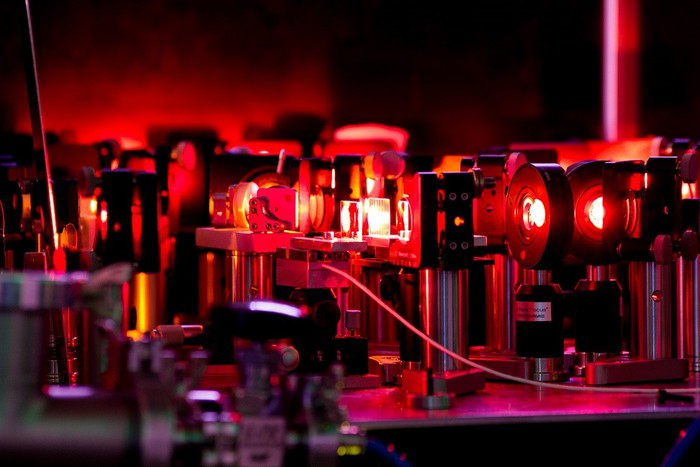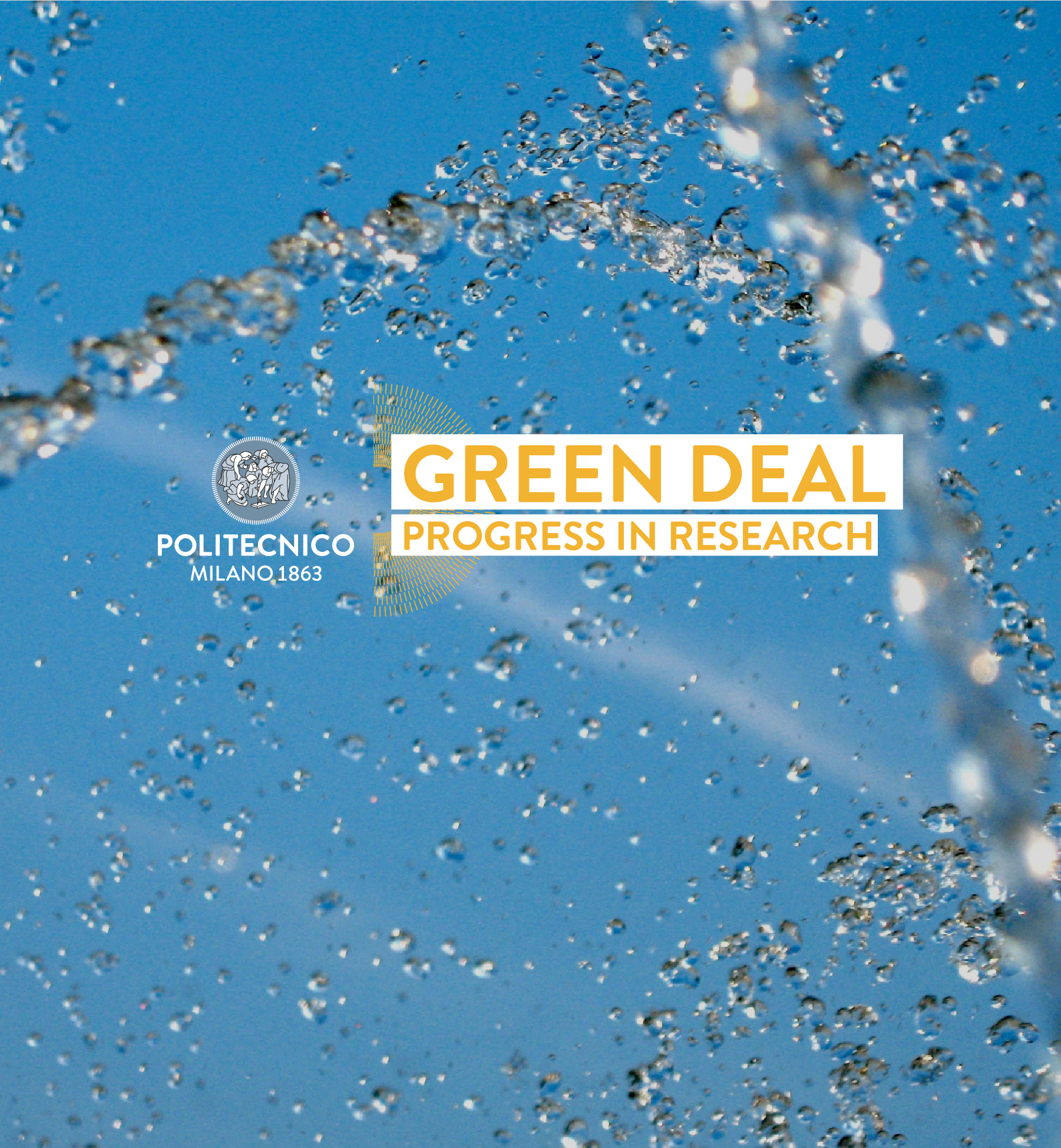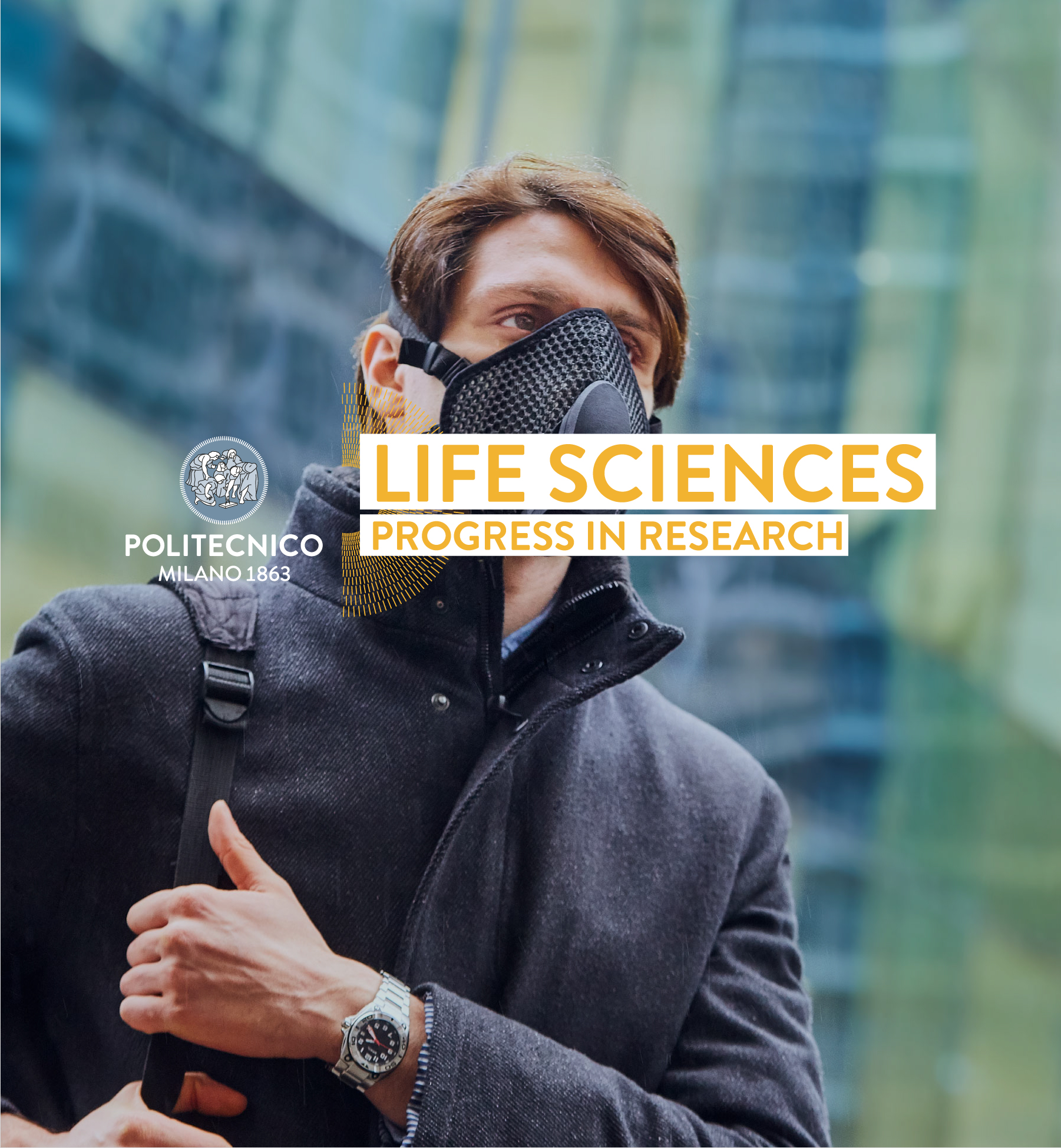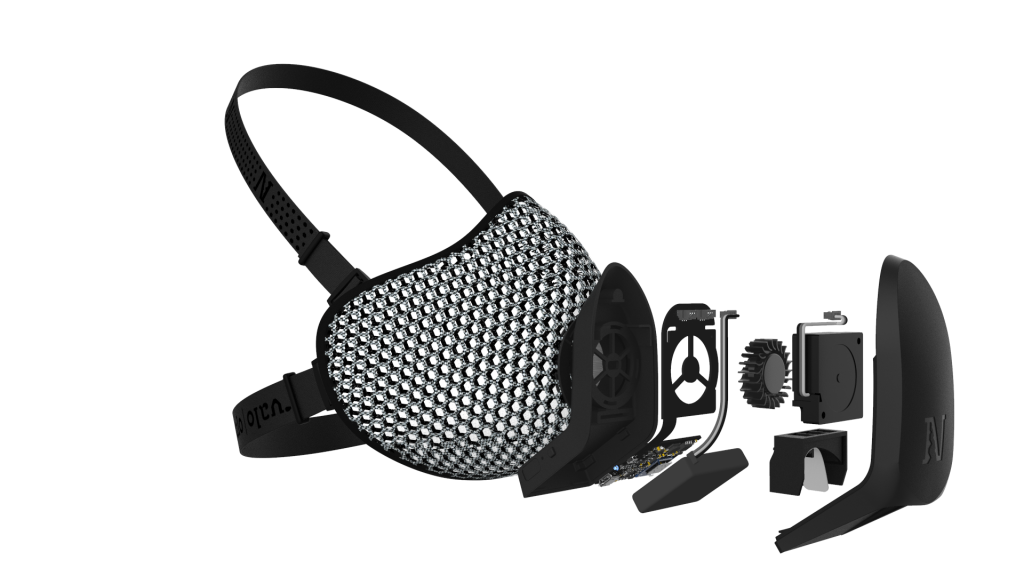In an interview with Corriere della Sera, Patricia Viel explores how design and working methods have changed at the time of Covid-19 for an associated studio like that of Viel and Citterio, of which she is co-founder, which has 130 collaborators, between architecture and design.
Viel's is a vision of the architectural firm based "on data, 3D surveys, diagnoses, processing that allow you to" enter "the architecture" and manageable thanks to new technologies and agile work: "We have 23 open projects to which we are working all. Even at a distance, and well, thanks to digitalization ”.
Shops, Offices and experiences
This period has brought a strong change of perspective also for companies, where “the ritual of constant presence is broken but physicality will continue to be a value. It will be at the top to clarify the objectives and create “unmissable” moments for the collaborators.
It is therefore a question of designing common spaces in offices, shops and hotels that contribute to promoting the sharing of values, creating involvement and multidisciplinary experiences, where the client or collaborator can be satisfied with having learned something, or having done some experience.
In practice, this translates into the creation of welcoming and bright atmospheres, spaciousness of the rooms and the presence of greenery also inside.
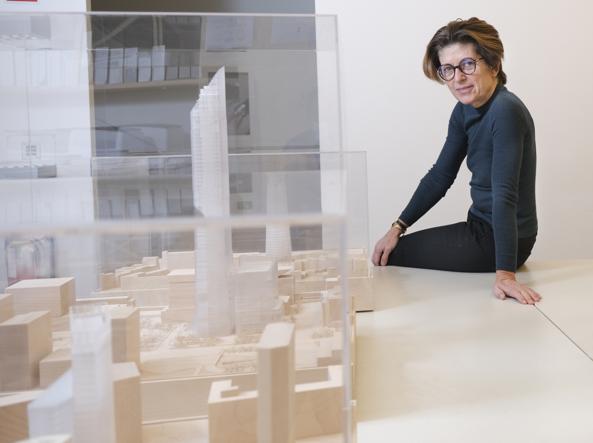
Patricia Viel at the ’Alumni Politecnico di Milano Convention in 2016
Patricia Viel had already talked about the future at the 2016 Alumni Politecnico di Milano Convention. In her speech, in which she was asked to imagine the world in 2099 Viel paints the future as a reality made "to measure" for people, where the models of urban living will change in favor of common spaces.
A world where the concept of work will be revolutionized passing from instrumental for survival to fundamental for the quality of life and for the personal growth of everyone. A vision that a few years ago might have seemed distant, but which today already seems to be here.
Watch Patricia Viel's speech at the 2016 Convention
Cover Photo: cmb and Giulio Boem



